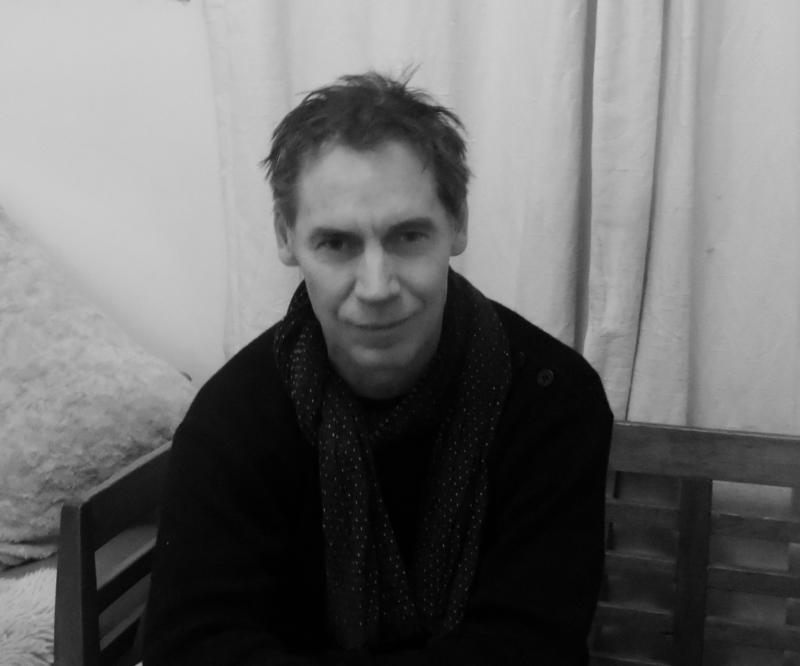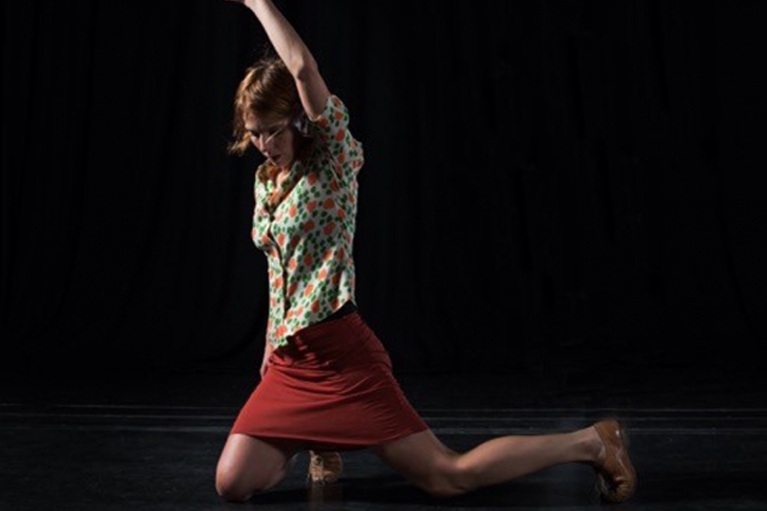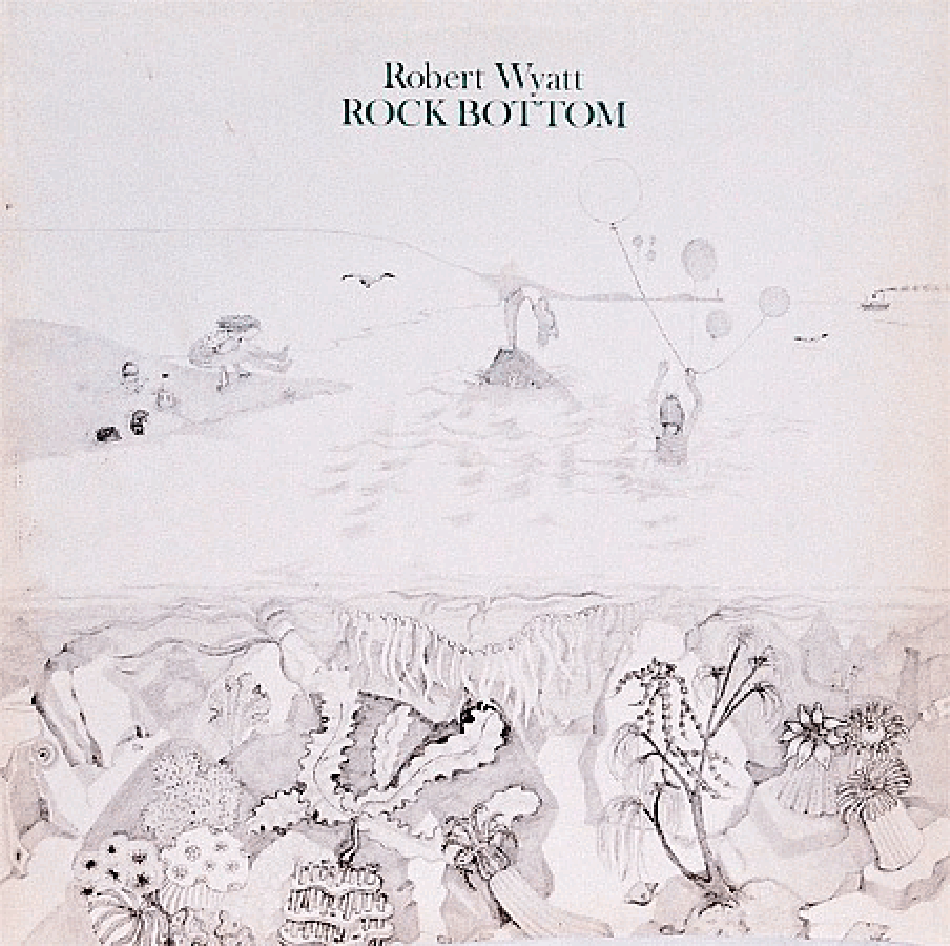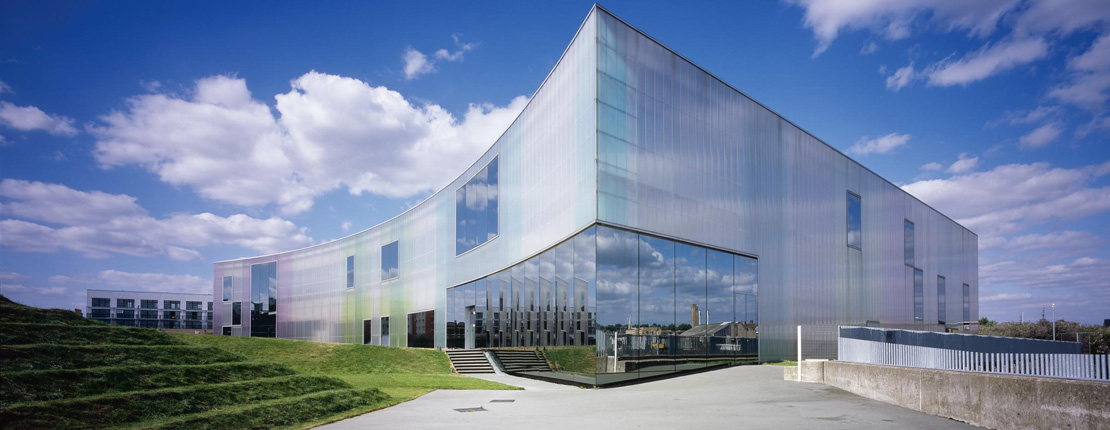10 Questions for Choreographer Charles Linehan | reviews, news & interviews
10 Questions for Choreographer Charles Linehan
10 Questions for Choreographer Charles Linehan
Prior to Brighton Fest premiere, Charles Linehan talks Berlin, time machines, Robert Wyatt and more

Charles Linehan is an acclaimed British choreographer, whose company has performed all over the world, from DanSpace New York to Brussels’ Kaai Theatre to the Venice Biennale. Born in Cyprus and raised in Kent, he studied at the Rambert School of Ballet and Contemporary Dance, prior to honing his craft as a dancer with various European companies.
The Charles Linehan Dance Company appeared in 1994 and he became choreographer-in-residence at both The Place and the South Bank Centre, also winning the 1998 Jerwood Choreography Award. He moved to Berlin in 2011 for two years but returned to the UK to be appointed Reader in Choreography at Trinity Laban Conservatoire of Music and Dance. He is an Associate Artist with Dance4, Nottingham. The world premieres of two new pieces, My Mother’s Tears and Quarter Plus Green, take place at this year’s Brighton Festival, which co-commissioned both.
THOMAS H GREEN: Starting with the obvious thing to ask, can you tell us a bit about My Mother's Tears?
CHARLES LINEHAN: I was curious about what would happen if you took the codified language of 19th century ballet mime gestures – with all their representations of love, death, weapons, and, er, stags – and placed it in a different context. So leafing through the text and images of a dusty old hardback book that’s supposed to explain how and why you do these things, I planned the outline of the piece. I worked with ex-Royal Ballet soloists William Trevitt and Michael Nunn. I liked the fact that they are older, haven’t performed for a long time, and that they were playful in the process. Like aural history in many cultures the intricacies of ballet mime are passed down through the generations.
 How about A Quarter Plus Green?
How about A Quarter Plus Green?
Within the context of the programme A Quarter Plus Green is a wolf in sheep's clothing. It’s a choreographic jigsaw that is propelled and constrained by the independent transformations of the lighting environment and an escalating wall of sound by Richard Skelton. As well as stripping the venue back to a wooden floor, the performance area will be cleared to a full 20 metres in depth and there will be an emphasis on the lighting hardware.
Talking of which, how has technology been an inspiration and accomplice in your career?
It’s a luxury to have portable hi-resolution cameras as well as a video suite and sound-editing studio on a laptop. I am not a digital native and I remember the massive video rendering machines that used to take up the best part of a room.
 What was the last album you listened to, end-to-end?
What was the last album you listened to, end-to-end?
It must have been Robert Wyatt’s Rock Bottom. I can’t tell you when I played it but it was an album that my girlfriend in Kent also knew back when we were 17 or 18. A while after we split up she came to my house to collect her Joy Division albums that I was trying to hang on to. It was many years later that we met again and quite a few more before we married and had children together.
Your Scalectrix project along with the production Falling Light come at the dawn of your choreographic career, when you were pushing out on your own. What was it and how did it affect your life?
It was a gruellingly physical duet. At that time, in 1994, I had hardly any connection with the London/UK dance scene as I had just returned to London having spent most of my career as a performer around Central Europe. Luckily there are some programmers who are committed to seeing grass roots work, in this case John Ashford and Betsy Gregory. It did mean that we leap-frogged into some festivals and later on I became Choreographer-in-Residence at The Place in London.
If you had a time machine and you could go back in time anywhere for 24 hours, where would you go?
That’s tantalising and difficult to narrow down. I’ve seen photos my Mum took while she was cycling through the Middle East in the 1950s so Lebanon or Iraq at that time would be fascinating. Having said that, California in the 1970s sounds attractive with its optimistic free-wheelin' culture of excess-Americana.
I read that your earliest involvement with dance was folk dancing in Cyprus. How and where were was this?
Yes, I think I’ve got a photo of me as a kid being taught folk dancing on a beach in Limassol. I was born in Cyprus but when I was 11 I was evacuated after the coup d'état and the subsequent Turkish invasion [in 1974]. Although my parents are English, England was an exotic place for me to come to. In regard to folk dance I just like the directness and joy of it, much like how I love rembetica music.
 One interview states that you were "thrown out" of the Rambert Ballet School. Is this true?
One interview states that you were "thrown out" of the Rambert Ballet School. Is this true?
I don’t remember anything that specifically warranted me being kicked out but I’m sure I deserved it. It was a good thing. I had done my time there and just by chance I got my first job the next day. At that time it was old school and you just had to put up with stuff, become resilient, so in one way it was all in good stead. Students get a much better education nowadays.
What did your years living in Berlin mean to you?
I have always loved Berlin, having performed there in the past, and I have vivid memories of visiting Communist East Berlin when I was 24. Over the two years we lived there I spent most of my time looking after the children, doing the school bike run, mainly a domestic existence. We knew we weren't going to be there permanently so professionally I wasn’t willing to start my career again from scratch by gathering people to work with, without paying them or myself, asking for favours. It became unsustainable, though it was culturally inspiring – and that included the home matches of the “other” football team, Union Berlin.
Tell us about what projects you have on and what you are looking forward to in 2016.
In June I am collaborating with artist Wolfgang Weileder in a project that sees a full-scale replica of a section of the façade of the Trinity Laban building (pictured above), designed by Swiss architects Herzog & de Meuron and built in 1997, being constructed out of breeze blocks right in the middle of Canary Wharf. Sections of the 12-metre high 1:1 replica of the façade will be simultaneously constructed and deconstructed over a period two weeks with choreographic interventions. It will be documented in time-lapse and long exposure film.
Explore topics
Share this article
more Dance
 All You Need Is Death review - a future folk horror classic
Irish folkies seek a cursed ancient song in Paul Duane's impressive fiction debut
All You Need Is Death review - a future folk horror classic
Irish folkies seek a cursed ancient song in Paul Duane's impressive fiction debut
 MacMillan Celebrated, Royal Ballet review - out of mothballs, three vintage works to marvel at
Less-known pieces spanning the career of a great choreographer underline his greatness
MacMillan Celebrated, Royal Ballet review - out of mothballs, three vintage works to marvel at
Less-known pieces spanning the career of a great choreographer underline his greatness
 Carmen, English National Ballet review - lots of energy, even violence, but nothing new to say
Johan Inger's take on Carmen tries but fails to make a point about male violence
Carmen, English National Ballet review - lots of energy, even violence, but nothing new to say
Johan Inger's take on Carmen tries but fails to make a point about male violence
 WAKE, National Stadium, Dublin review - a rainbow river of dance, song, and so much else
THISISPOPBABY serves up a joyous tapestry of Ireland contemporary and traditional
WAKE, National Stadium, Dublin review - a rainbow river of dance, song, and so much else
THISISPOPBABY serves up a joyous tapestry of Ireland contemporary and traditional
 Swan Lake, Royal Ballet review - grand, eloquent, superb
Liam Scarlett's fine refashioning returns for a third season, and looks better than ever
Swan Lake, Royal Ballet review - grand, eloquent, superb
Liam Scarlett's fine refashioning returns for a third season, and looks better than ever
 First Person: Ten Years On - Flamenco guitarist Paco Peña pays tribute to his friend, the late, great Paco de Lucía
On the 10th anniversary of his death, memories of the prodigious musician who broadened the reach of flamenco into jazz and beyond
First Person: Ten Years On - Flamenco guitarist Paco Peña pays tribute to his friend, the late, great Paco de Lucía
On the 10th anniversary of his death, memories of the prodigious musician who broadened the reach of flamenco into jazz and beyond
 Dance for Ukraine Gala, London Palladium review - a second rich helping of international dancers
Ivan Putrov's latest gala was a satisfying mix of stars and young hopefuls
Dance for Ukraine Gala, London Palladium review - a second rich helping of international dancers
Ivan Putrov's latest gala was a satisfying mix of stars and young hopefuls
 Nelken: A Piece by Pina Bausch, Sadler's Wells review - welcome return for an indelible classic
A new generation of gifted performers for us to get to know
Nelken: A Piece by Pina Bausch, Sadler's Wells review - welcome return for an indelible classic
A new generation of gifted performers for us to get to know
 Dark With Excessive Bright, Royal Ballet review - a close encounter with dancers stripped bare
The Royal's Festival of New Choreography launches with an unforgettable walk in the dark
Dark With Excessive Bright, Royal Ballet review - a close encounter with dancers stripped bare
The Royal's Festival of New Choreography launches with an unforgettable walk in the dark
 La Strada, Sadler's Wells review - a long and bumpy road
Even the exceptional talents of Alina Cojocaru can't save dance adaptation of Fellini film
La Strada, Sadler's Wells review - a long and bumpy road
Even the exceptional talents of Alina Cojocaru can't save dance adaptation of Fellini film
 First Person: pioneering juggler Sean Gandini reflects on how the spirit of Pina Bausch has infiltrated his work
As Tanztheater Wuppertal Pina Bausch's 'Nelken' comes to Sadler’s Wells, a tribute from across the art forms
First Person: pioneering juggler Sean Gandini reflects on how the spirit of Pina Bausch has infiltrated his work
As Tanztheater Wuppertal Pina Bausch's 'Nelken' comes to Sadler’s Wells, a tribute from across the art forms
 Manon, Royal Ballet review - a glorious half-century revival of a modern classic
Fifty years on, Kenneth MacMillan's crash-and-burn anti-heroine is riding high
Manon, Royal Ballet review - a glorious half-century revival of a modern classic
Fifty years on, Kenneth MacMillan's crash-and-burn anti-heroine is riding high

Add comment